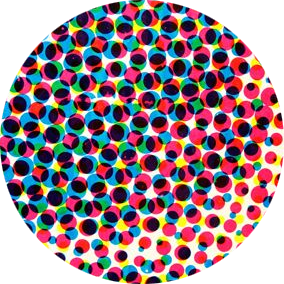Liminality in “Borders”


“I don’t see any reason why we can’t use identities that were here long before Canada or the U.S. ever existed.” Borders began as a 1993 short story by acclaimed author and activist King, before being turned into a graphic novel with artwork by Donovan. 2/8

The premise of the story is incredibly simple: a woman traveling with her son attempts to cross the border from Canada to the US. When asked to declare her citizenship, she responds “Blackfoot” and this simple act of non-compliance spurs a rapid unraveling of colonial logic. 3/8

Like much of King’s work, the story presents an Indigenous character as a disruptive element to an established settler system – an “inconvenient Indian” whose existence itself is enough to threaten the stability of the arbitrary borders that North American society enforces. 4/8

While the story is a classic in its own right, Donovan’s artwork greatly enriches the narrative through the embodiment of the characters and through the visual representation of physical space (an obviously important concept in a border-crossing story). 5/8

“We got to play around with adding all of these landscape scenes and these lengthy interactions between the characters,” says Donovan. Visual representation of polite and friendly border guards who also happen to carry lethal weapons on their hips, for example, adds a lot. 6/8

The result is, ultimately, a portrayal of liminality – a world that does not recognize the existence of Indigenous peoples and that can’t – quite literally – come to terms with them. All together, then, the story speaks to a complex symbolic erasure of Indigenous identity. 7/8

For our heroine, the only way around this is assimilation: to align with the ruling culture. As a proud & honest woman, however, she’s incapable of doing that and must endure the liminal (and limited) existence that the ruling class will afford her – to exist between borders. 8/8
